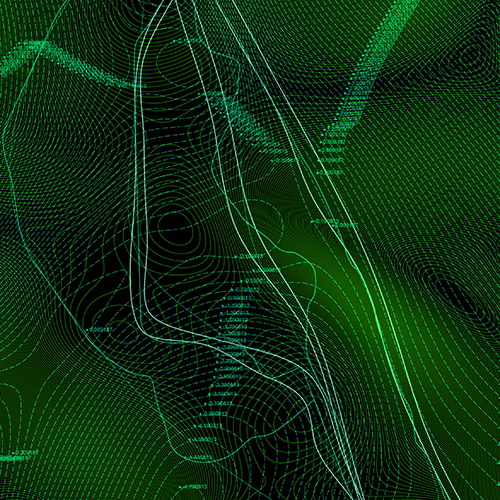Editorial RSD5
Linking systems-thinking and design-thinking in architecture and urban design
DOI:
https://doi.org/10.7577/formakademisk.3406Abstract
The sixth Relating Systems Thinking and Design Symposium (RSD6 2017) was held at the Oslo School of Architecture and Design in Norway in October 2017. The central theme of the symposium was “Environment, Economy, Democracy: Flourishing Together”, and called for contributions on democratic participation and policy innovation, sustainable business innovation, flourishing communities, and related systems-thinking-oriented approaches to architecture, settlements and the built environment. A wide range of contributions addressed themes, such as social impact in flourishing and change programs, health and population wellness, ecological design and bioregion development, human-scaled and regional economies, related sociotechnical and technological systems, etc. Yet, while the five earlier symposia did receive a number of papers that were focused on architecture and urban design, RSD6 was the first RSD symposium with a dedicated paper session on architecture and urban design. This special issue of Formakademisk collects together five of the papers that focus on architecture and urban design from a linked systems-thinking and design-thinking perspective. Each article pursues a distinct theme concerning the development of the profession, performance-oriented architecture and urban design, the role of exterior space in rethinking the architectural envelope, and questions of participation and community building. This breadth of themes in the selected articles indicates the increasingly deep impact of systems-thinking in the fields of architecture and urban design.

Downloads
Published
How to Cite
Issue
Section
License
Copyright (c) 2019 Michael Ulrich Hensel, Defne Sunguroğlu Hensel , Birger Sevaldson

This work is licensed under a Creative Commons Attribution-NoDerivatives 4.0 International License.
Authors who publish with this journal agree to the following terms:
- Authors retain copyright and grant the journal right of first publication with the work simultaneously licensed under a Creative Commons Attribution 4.0 License that allows others to share the work with an acknowledgement of the work's authorship and initial publication in this journal.
- Authors are able to enter into separate, additional contractual arrangements for the non-exclusive distribution of the journal's published version of the work (e.g., post it to an institutional repository or publish it in a book), with an acknowledgement of its initial publication in this journal.
- Authors are permitted and encouraged to post their work online (e.g., in institutional repositories or on their website) prior to and during the submission process, as it can lead to productive exchanges, as well as earlier and greater citation of published work (See The Effect of Open Access).
- The author(s) must manage their economic reproduction rights to any third party.
- The journal makes no financial or other compensation for submissions, unless a separate agreement regarding this matter has been made with the author(s).
- The journal is obliged to archive the manuscript (including metadata) in its originally published digital form for at least a suitable amount of time in which the manuscript can be accessed via a long-term archive for digital material, such as in the Norwegian universities’ institutional archives within the framework of the NORA partnership.
The material will be published OpenAccess with a Creative Commons 4.0 License which allows anyone to read, share and adapt the content, even commercially under the licence terms:
This work needs to be appropriately attributed/credited, a link must be provided to the CC-BY 4.0 licence, and changes made need to be indicated in a reasonable manner, but not in any way that suggests that the licensor endorses you or your use.



